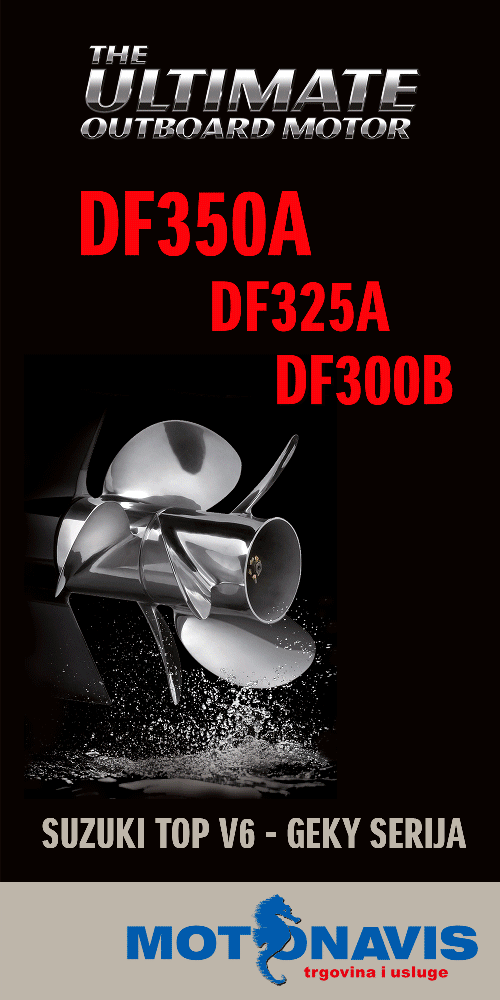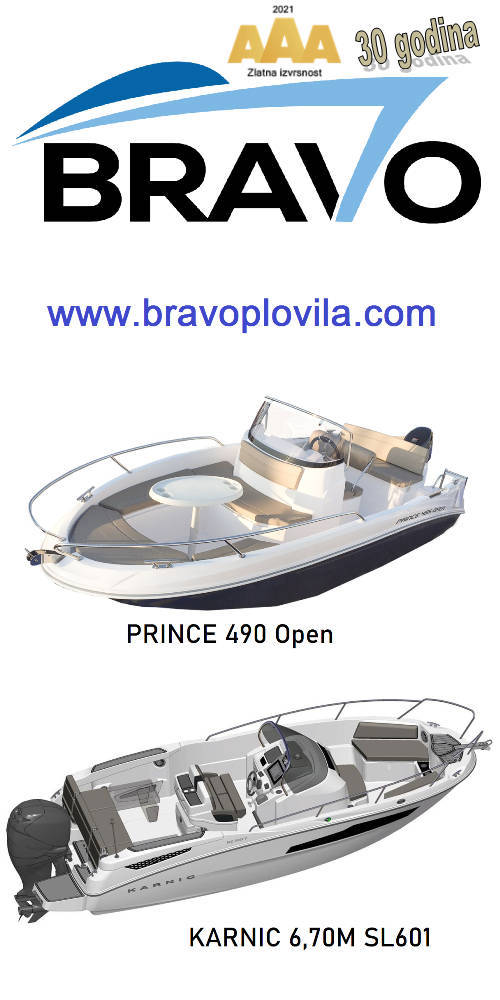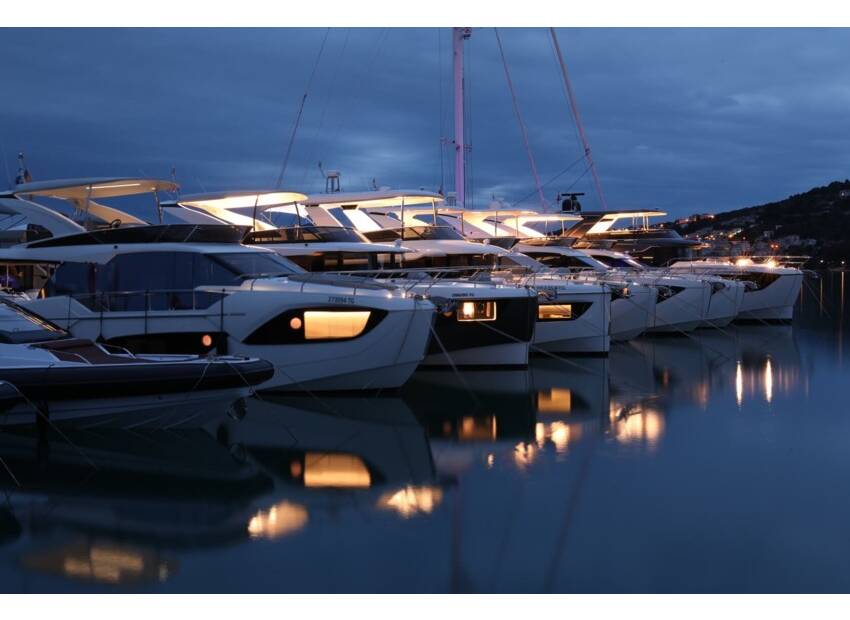Water Pumps
The water pump´s rubber impeller should be removed for the winter so it doesn´t get a set. Don´t forget to put it back before starting your engine next spring. (As a reminder, one savvy BoatUS. Member says he always stores the impeller with his ignition key.)
Props
Damaged props slow the boat, cause vibration, and increase fuel consumption. Winter is the best time to have dinged and/or pitted props refurbished.
Transmissions
Check the dipstick. If the oil looks milky (indicating water) or dirty, drain and add fresh lubricant.
Fuel Tanks
Top off the fuel tank(s) and use additives to inhibit fuel´s degeneration. There is a twofold advantage to topping off tanks: With gasoline, it is safer because fumes are minimized, and you will also minimize the possibility of condensation corroding the tank. When you´re filling the tanks, leave some room for the gas to expand.
More on Antifreeze
If you opt to winterize the engine with antifreeze, you´ll need a five gallon pail, enough antifreeze for your engine and related plumbing (two gallons of antifreeze should be enough). Additional steps should be taken to winterize gasoline engines, which require a can of engine fogging fluid or light motor oil, and some plastic sheeting and duct tape.
There are two similar techniques, depending on whether the boat being winterized is in the water or on land.
If the boat is afloat: Close the intake seacock and loosen the hose (this is sometimes difficult, as hose clamps and hoses may be mechanically frozen in place). Reopen the seacock. Start the engine and while it´s warming up, fill a 5-gallon pail with antifreeze. Turn off the engine and close the seacock. Remove the intake hose from the seacock and insert it onto the pail of antifreeze. Start the engine and run at idle until antifreeze discharges from the exhaust pipe.* Shut off the engine and secure the intake hose back on the seacock.
If the boat is out of the water: Close the intake seacock, remove the hose, and put it in the 5-gallon pail along with a garden hose feeding water at a slow rate, just enough to keep up with the engine´s need. Start the engine. When the engine is thoroughly warmed up, turn off the hose and pour in the antifreeze. Run at idle until antifreeze discharges from the exhaust pipe.* Shut off the engine and secure the intake hose back on the seacock.
Variations with Gasoline Engines. If a fuel valve is installed, turn it off about halfway through the process to run the carburetor dry. (Note: you may want to have extra antifreeze available in case the gasoline takes longer than anticipated to empty the carburetor.) Stored gasoline gets gummy and can cause problems in the spring. For the last ten seconds or so of engine operation, spray the fogging fluid into the flame arrester on the carburetor. Light oil can be trickled down the carburetor if fogging fluid is not available. This may stall the engine, which is OK.
Finally, wrap duct tape around the flame arrester and cover the top of the engine with plastic after it has cooled. This helps prevent corrosion from forming on internal engine parts. Attach a tag somewhere as a reminder about the duct tape. It is hard to see and could be overlooked in the spring, which would prevent the engine from starting.
Outdrive Lower Units
This is a job best done on land. With the bow of the boat slightly up, lower the outdrive unit as far as possible. Drain the gear case and add fresh lubricant. Water or metallic shavings indicate a broken seal. Have the unit pressure tested by a mechanic if you suspect you have a problem.
Outdrives are expensive and have become a frequent target for thieves. Even if the boat is kept in your driveway, consider taking the outdrive off and storing it in you garage or basement for the winter.
Air Conditioners
There are two ways to winterize an air conditioner. With the first, you drain the system, including the raw-water pump and strainer. Or you can also close






















